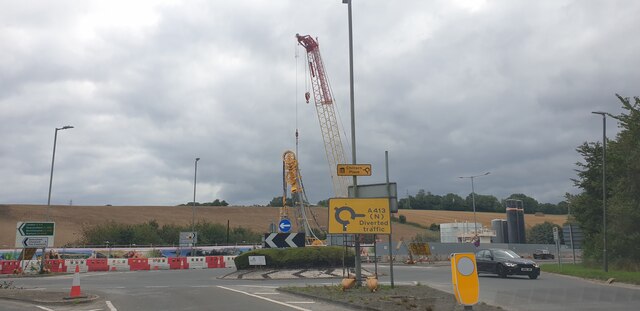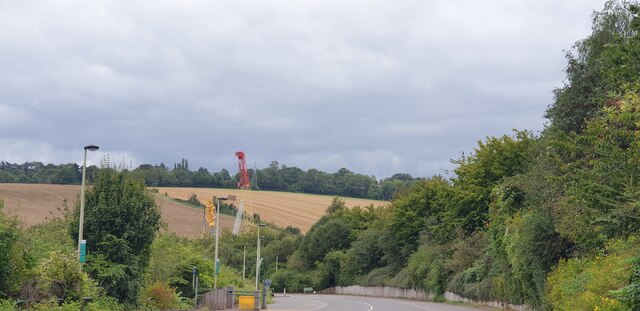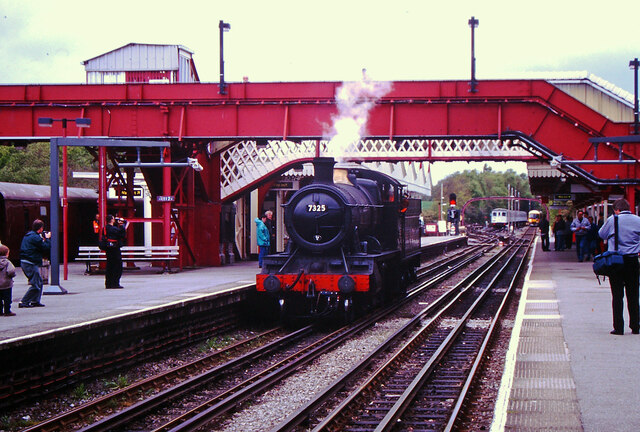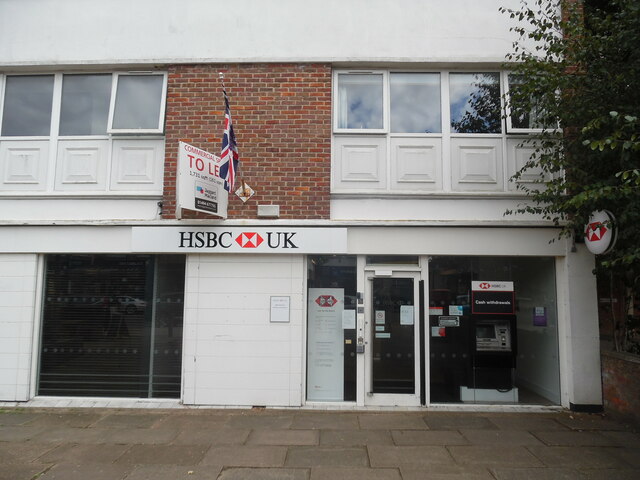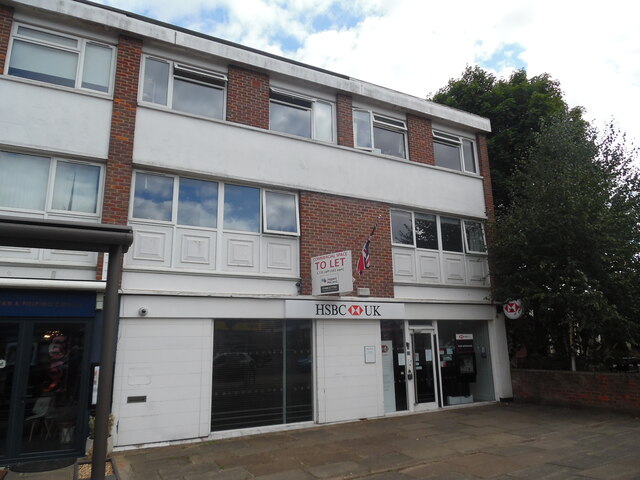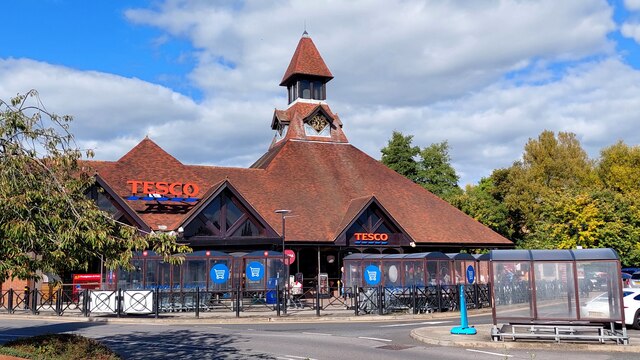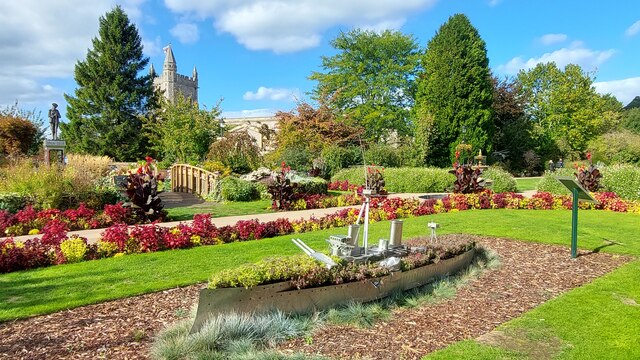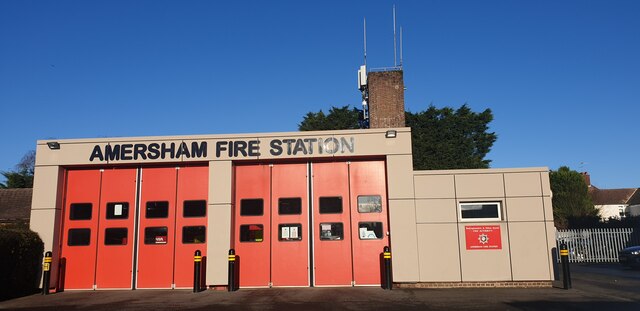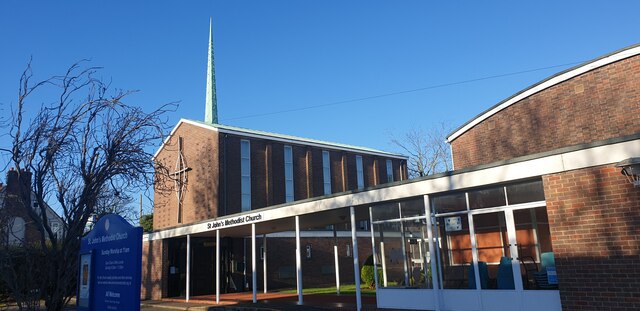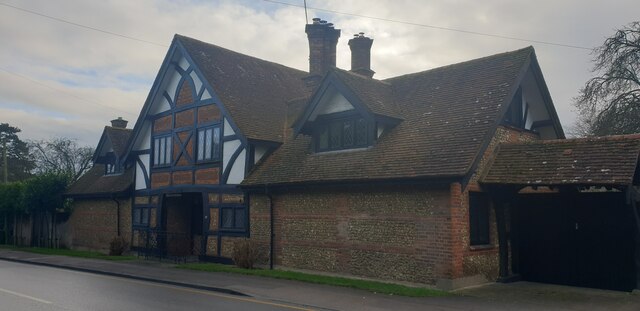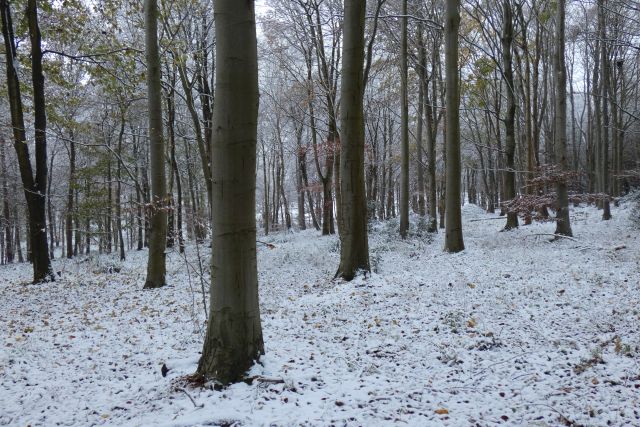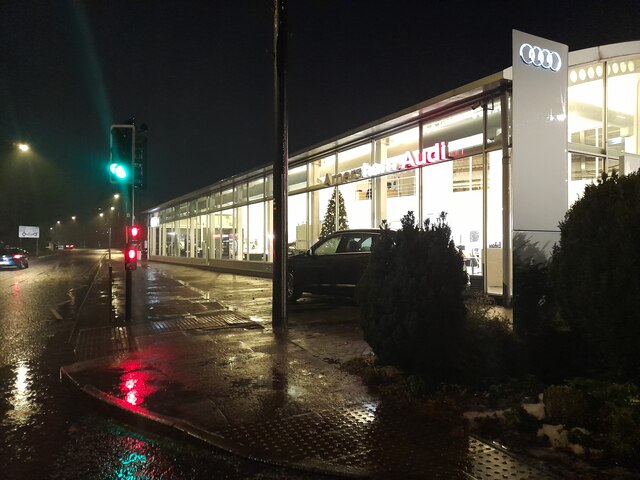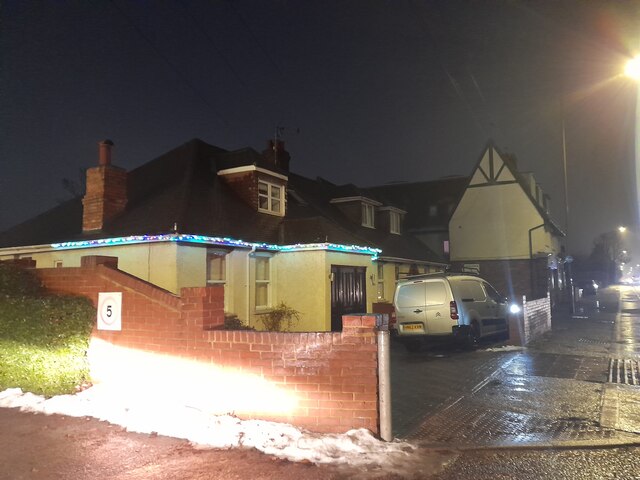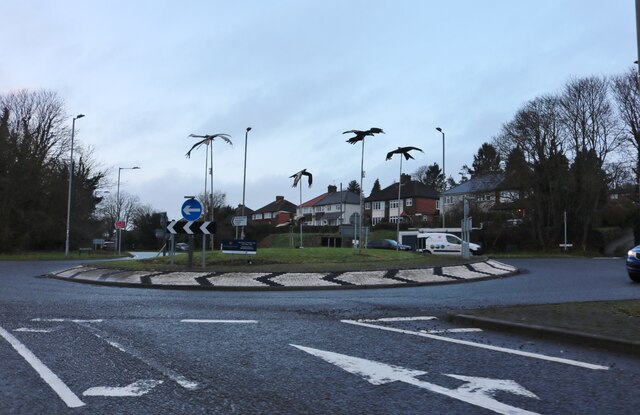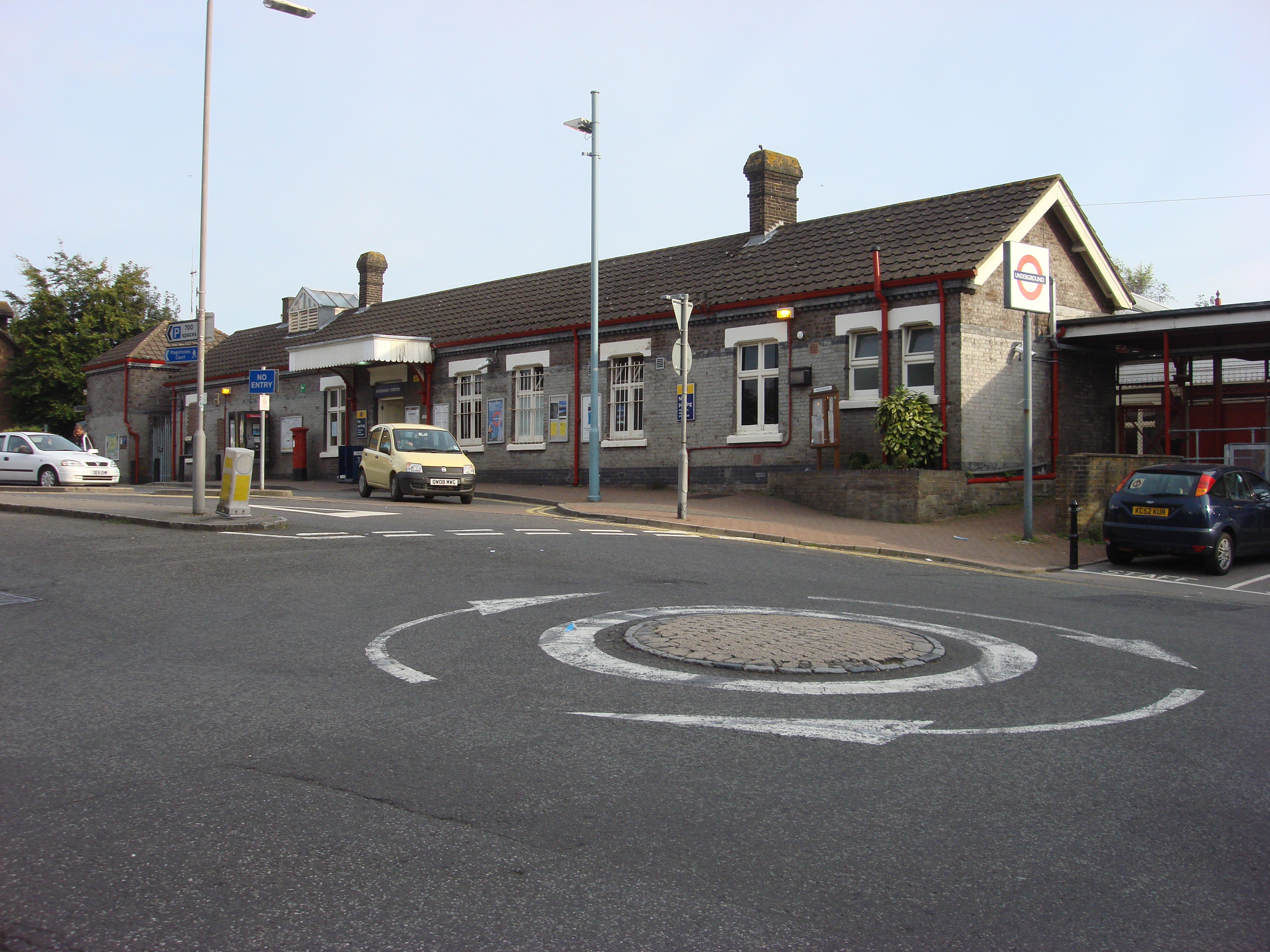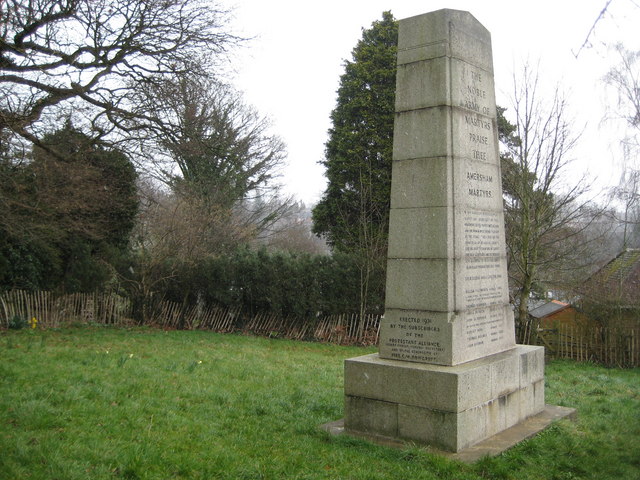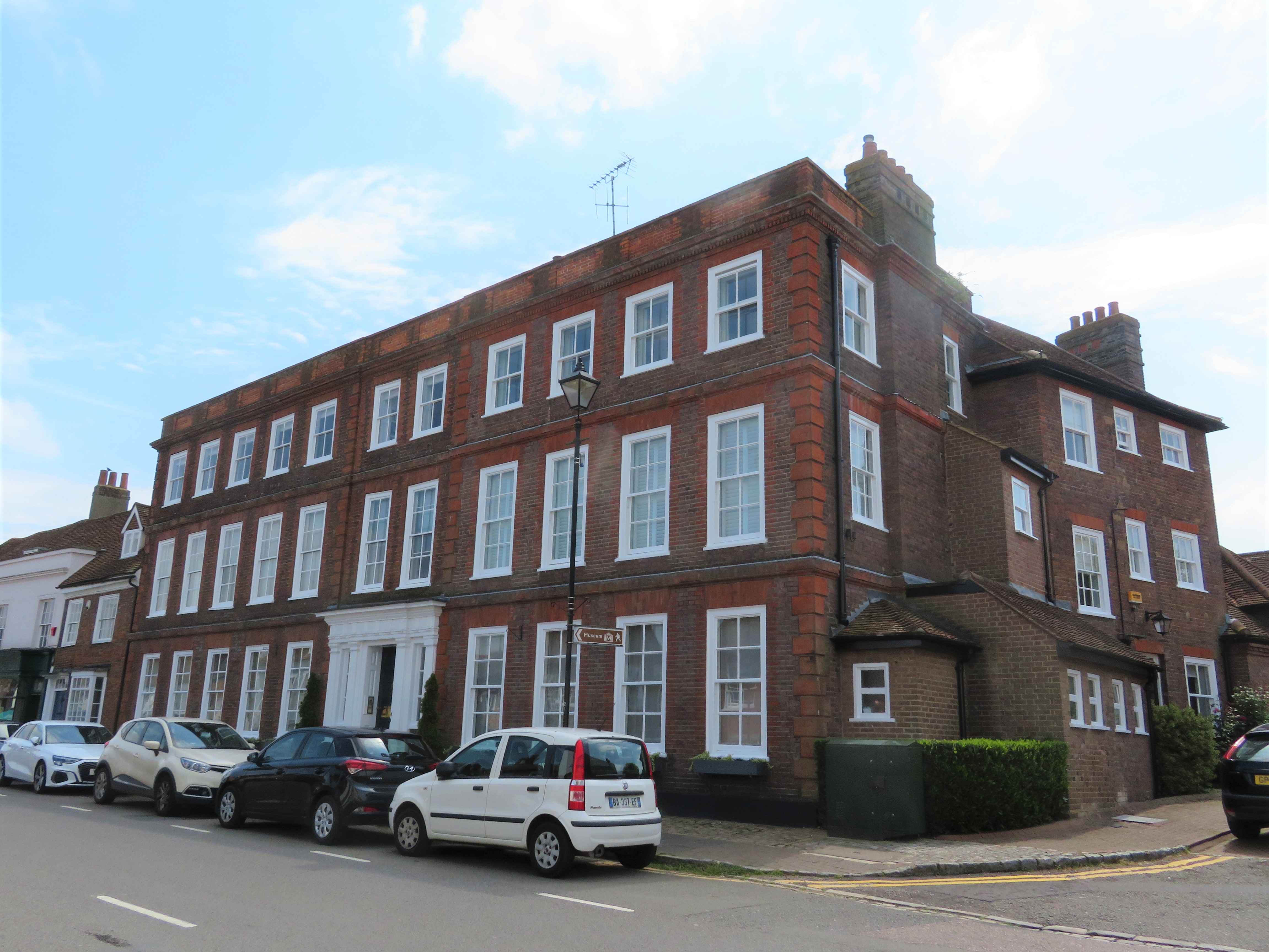Parsonage Wood
Wood, Forest in Buckinghamshire
England
Parsonage Wood
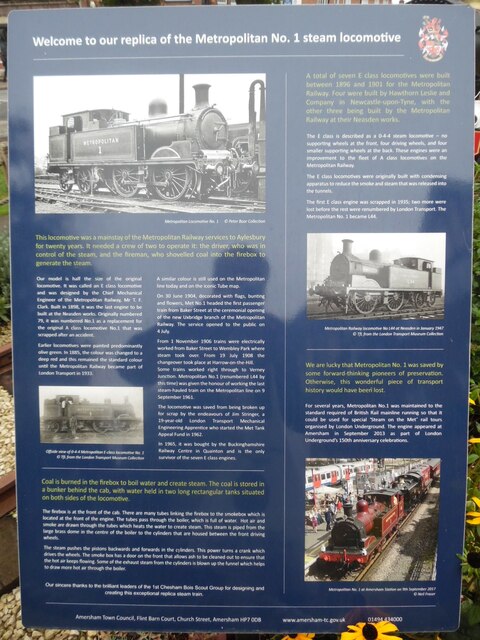
Parsonage Wood is a charming woodland located in Buckinghamshire, England. Situated in the heart of the countryside, this beautiful forest spans across an area of approximately 50 acres. It is a popular destination for nature enthusiasts, hikers, and families seeking a peaceful retreat from the hustle and bustle of city life.
The wood boasts a diverse range of flora and fauna, with a mix of deciduous and coniferous trees creating a picturesque landscape. Oak, beech, and birch trees dominate the woodland, providing a canopy of shade during the summer months. Bluebells, primroses, and wild garlic carpet the forest floor in spring, adding vibrant splashes of color to the surroundings.
Trails wind through the woodland, providing visitors with the opportunity to explore the area and discover its hidden gems. These paths cater to all fitness levels, from leisurely strolls to more challenging hikes. Along the way, walkers may encounter a variety of wildlife, including deer, foxes, and a plethora of bird species.
Parsonage Wood is also home to a small pond, offering a tranquil spot for reflection and relaxation. Visitors can enjoy a picnic by the water's edge or simply sit and observe the gentle ripples caused by passing wildlife.
The wood is open to the public throughout the year, providing a serene escape in every season. Whether it’s the vibrant colors of autumn, the fresh green foliage of spring, or the peaceful stillness of winter, Parsonage Wood offers a captivating and enchanting experience for all who visit.
If you have any feedback on the listing, please let us know in the comments section below.
Parsonage Wood Images
Images are sourced within 2km of 51.672364/-0.61013996 or Grid Reference SU9697. Thanks to Geograph Open Source API. All images are credited.

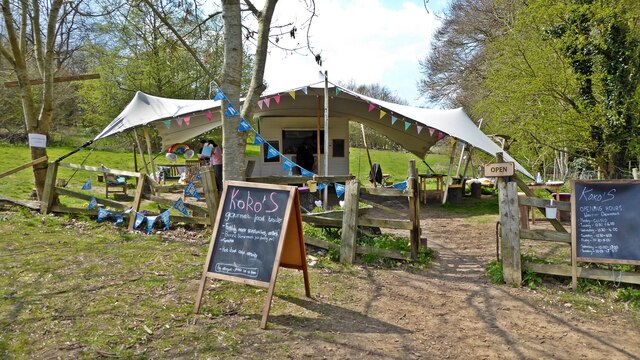
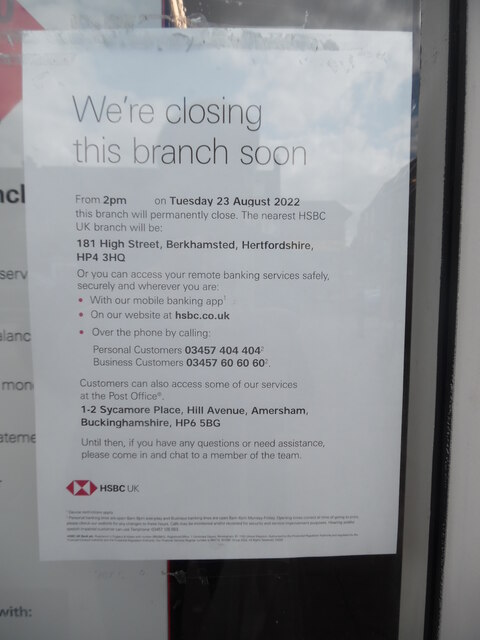
Parsonage Wood is located at Grid Ref: SU9697 (Lat: 51.672364, Lng: -0.61013996)
Unitary Authority: Buckinghamshire
Police Authority: Thames Valley
What 3 Words
///ground.voices.long. Near Amersham on the Hill, Buckinghamshire
Nearby Locations
Related Wikis
Amersham station
Amersham is a London Underground station in Amersham in the Chiltern district of Buckinghamshire, England which is also used by National Rail services...
Amersham Martyrs Memorial
The Amersham Martyrs Memorial is a memorial to Protestant martyrs in Amersham, Buckinghamshire. It was established in 1931 by The Protestant Alliance....
Dr Challoner's Grammar School
Dr Challoner's Grammar School (also known as DCGS, Challoner's Boys or simply Challoner's) is a selective grammar school for boys, with a co-educational...
The Quiet Garden Trust
The Quiet Garden Trust is a non-profit organisation which encourages the provision of gardens where people can set aside time for contemplation, prayer...
Burnham Hundred
Burnham Hundred is a hundred in the ceremonial county of Buckinghamshire, England. It is situated towards the south of the county and is bounded on the...
Amersham Rural District
Amersham Rural District was a rural district in the administrative county of Buckinghamshire, England from 1894 to 1974, covering an area in the south...
Amersham
Amersham ( AM-ər-shəm) is a market town and civil parish in Buckinghamshire, England, in the Chiltern Hills, 27 miles (43 km) northwest of central London...
St Mary's Church, Old Amersham
St Mary's Church is a Church of England parish church in Old Amersham, Amersham in Buckinghamshire, England. The church is a grade I listed building....
Nearby Amenities
Located within 500m of 51.672364,-0.61013996Have you been to Parsonage Wood?
Leave your review of Parsonage Wood below (or comments, questions and feedback).
